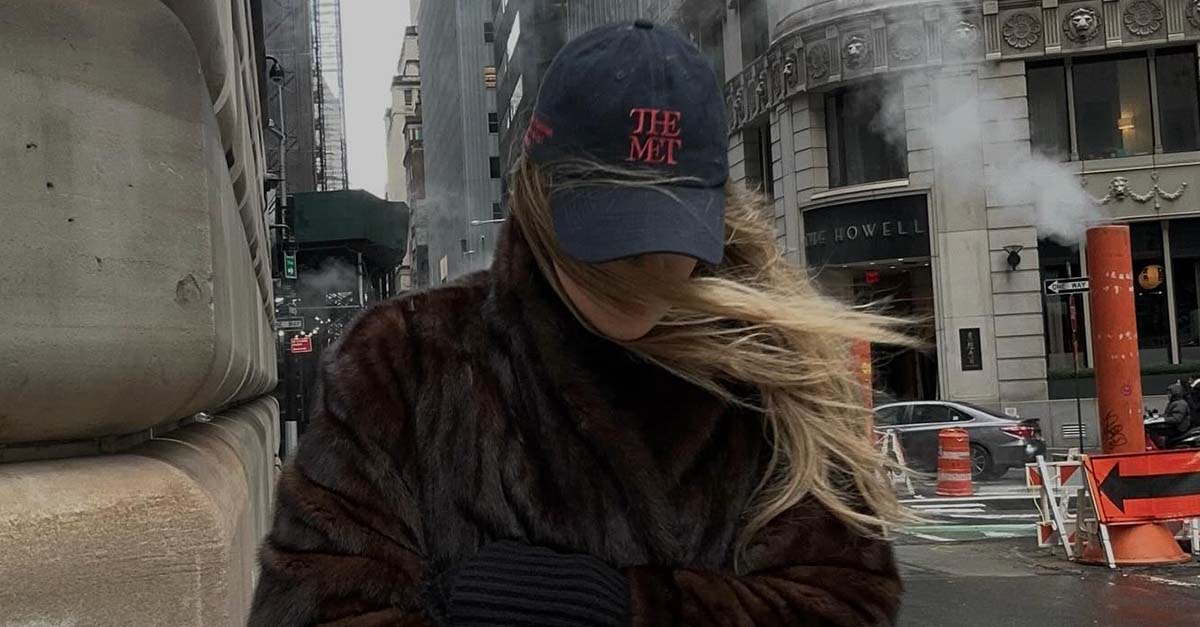
Although very important, scalp care doesn’t always get enough attention within a hair routine. However, caring for your scalp correctly is essential when it comes to preventing moisture loss, and product buildup. That said, “scalp care should be integrated into your hair care regimen weekly, bi-weekly, or monthly,” says Trichologist, Bridgette Hill. “A proper scalp care routine mirrors a skin care routine,” she adds. “Yes, it does not require a daily commitment.”
While nurturing our delicate coils, her advice will guide you through a full scalp routine. Be prepared to combat dryness, flakiness, scalp damage, and beyond. You can thank Hill later for the game-changing results. “Educating women of African descent on the delicate balance of maintaining a viable health scalp is a most pressing issue for me.”
Below, Hill walks ESSENCE through her favorite products and top 5 tips for scalp health.
Use a pre-wash scalp treatment
“I prefer oils, serums, or cream-based masks versus grainy exfoliants. The scalp pre-treatment is to be applied to dry uncleansed hair. First begin with an appropriate scalp mask or oil that addresses the current needs of your scalp condition, provides cellular turnover, and has anti-inflammatory properties. I suggest clients sleep in their pre-scalp treatments for optimal results (invest in a scalp pillow and pillow case to not ruin your linens); however most products suggest a minimum processing time of 15- 30 minutes.
Spend 3 to 5 minutes massaging the appropriate oil into the scalp to soften skin cells, exfoliate and remove debris to encourage blood flow. Massage with oils or scalp masks that stimulate the scalp, like peppermint and citrus-based oils. They’ll not only enhance circulation, which is exactly what you want to do, but can also decongest the scalp.”
Properly cleanse the scalp
“After the pre-wash scalp mask or oil is applied, the next step is to apply a detergent formulated shampoo. You want to make sure to choose one with active ingredients specific to your underlying scalp condition. At your local beauty supply store you can purchase a plastic hair color applicator bottle, pour the shampoo into the color applicator bottle and use the nozzle of the applicator bottle to distribute the shampoo directly onto the scalp.
Massage the shampoo into the scalp and let it sit for 5 minutes. Then step into the shower and completely wet the hair and emulsify. Some hair types and textures may require an additional light shampoo. Proceed with this if needed. Rinse thoroughly and condition with conditioner for your specific hair type and texture. Finish with a topical water-based serum or lotion that promotes hair health or addresses your specific scalp concern, irritated scalp, hair loss, or oily scalp.”
Address dandruff and dry scalp issues
“Dandruff and dry scalp are two very different, unwanted scalp concerns. Shampoo as often as needed yet alternate between dandruff-fighting, active ingredients and gentle daily shampoos to maintain the balance of the scalp’s microbiome. If the scalp is tight and mildly flaky look for products with ingredients such as peppermint, eucalyptus, tea tree, rosemary and aloe.
Dry scalps need the sebum to not be removed from the scalp, so think of balancing shampoos that are not harsh, sulfate-free, and retain the balance of the microbiome. Stay away from products that strip the sebum, and look for fatty acid shampoos like avocado and shea as well as products rich in amino acids, oat, clay and cherry or apple cider vinegar (ACV)-based shampoos and rinses. Anything being left on the scalp and hair, after shampooing and conditioning, should be cooling, restorative and hydrating.”
Care for your scalp in protective styles
“Ensure your scalp and hair are properly treated with protein and moisture treatments before your natural hair is prepped. For hair installations, make sure your natural hair is free of excess tension. As a trichologist, I recommend a proper scalp treatment sealed with a detoxifying scalp oil applied directly to the scalp. You should also invest in protective tools, including a silk scarf or pillow case, antimicrobial cleansing oil, and scalp rinses.
Commit to a proper scalp and hair care ritual. Use the cleansing oils on the scalp 2-3 times a week for both nourishment and retaining the healthy bacteria on the scalp. ACV and scalp rinses can be applied to the scalp for light cleansing as needed. Some scalps may need a diluted shampoo every other week or so. Mix shampoo and water in a bottle with a nozzle applicator and apply to the scalp only prior to getting into the shower. Let the shampoo mixture sit for 5-10 minutes then rinse under the shower. To finish the scalp routine, spray with a moisturizing oil and let the air dry your scalp completely.”
Hill’s recommended scalp care products
We independently evaluate all recommended products and services. If you click on the links we provide, we may receive compensation.








